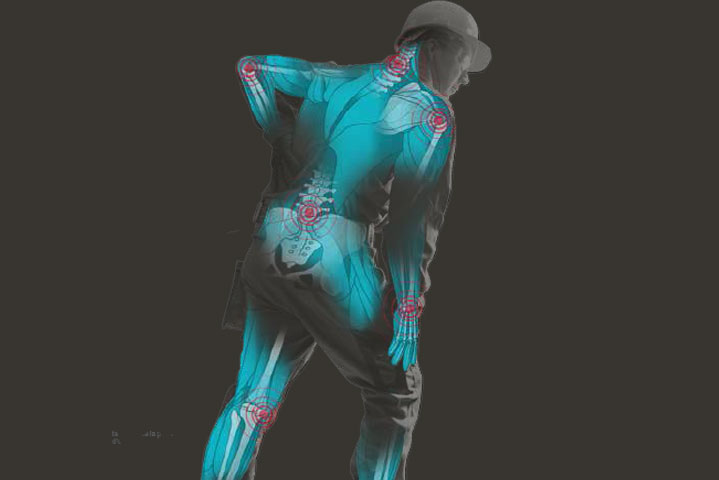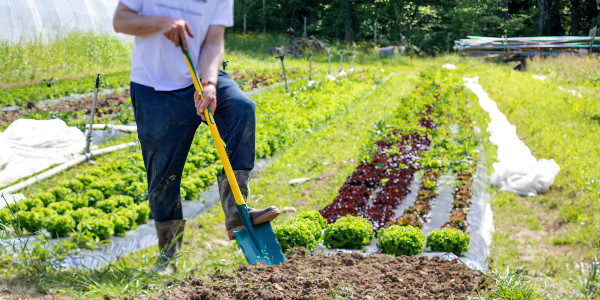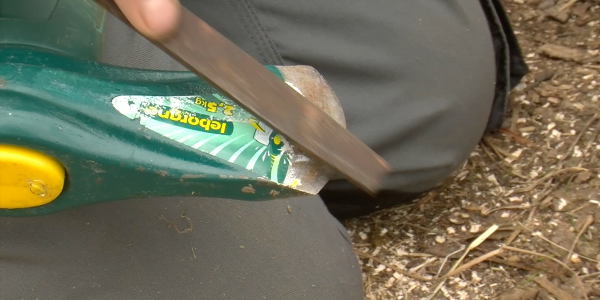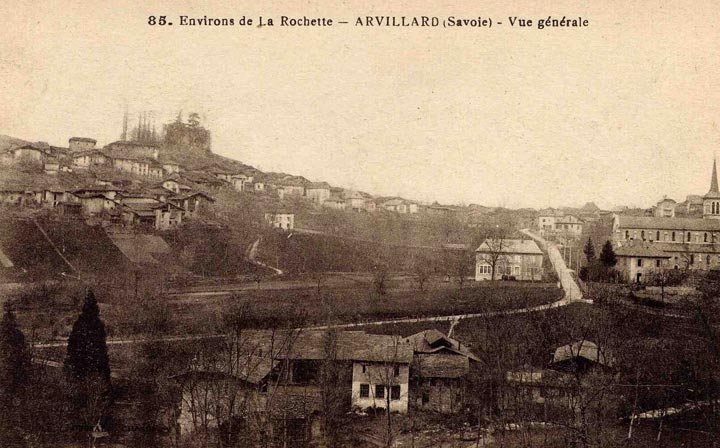History of a territorien
1829, founding of the Leborgne company in Savoie
In 1829, the Leborgne family, partly from France and partly from Savoie, ( oh yes, don’t forget the Savoie region only became French in 1860), developed activity in metal working in the heart of a territory where forging in smithies had already been present for centuries. In fact in the Valley of the Bens (in the Belledonne mountain range) the Chartreuse monks forged swords, axes and other cutting weapons which formed the equipment for knights leaving for the Crusades, at the very end of the 11 century.
The 19th century saw the expansion of the railway, shipbuilding, the opening of the Panama Canal by Ferdinand de Lesseps as well as other works as the colonial Empire continued its expansion. Emile Leborgne, who was an experienced entrepreneur, specialised his forge in the production of hand tools that were original, adaptable and of high quality for a demanding clientele.
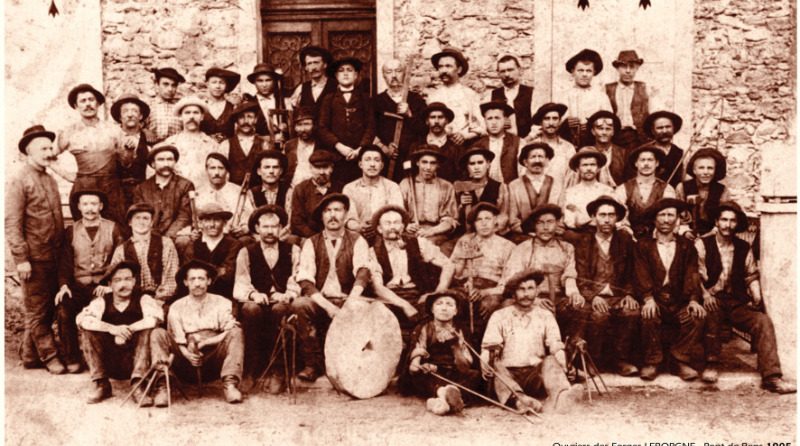
Creating a centre for steel working with a world-wide perspective
To meet the increasing flow of orders, Emile Leborgne encouraged the opening of other autonomous workshops for makers of edge tools in the region. Thousands of shovels, the famous « Allevardes »were exported to Egypt. In the Tonkin Leborgne’s rice field spades were used and in Algeria Léborgne’s pick axes were used.
The product range was considerably enlarged. And it needed to be, most of these new products were adapted or even improved according to the geological and geographic conditions of the countries or regions where they would be used.
Forerunner in product marketing … as early as 1880 !
The Leborgne company was the first to publish, in 1880, a catalogue with photographs of its tools. This was in 1880 and the catalogue was produced in Lyon, using the first ever silver plates with gelatine-bromide which had been perfected the year before by Auguste and Louis Lumière.
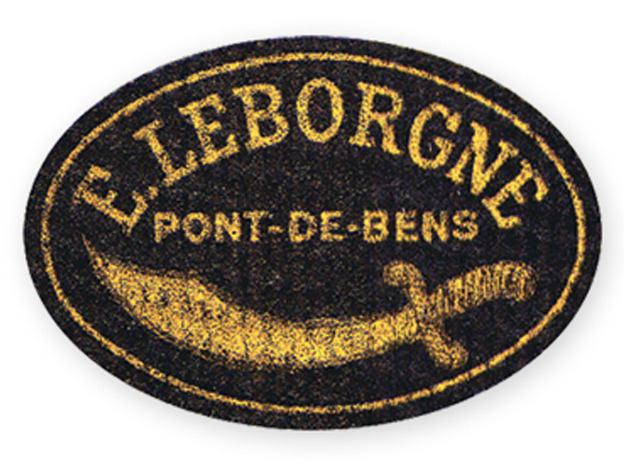
After the Great War, adapting to the fall in prices
After the Great War, adapting to the fall in prices
The company, which was now in the hands of engineer Yves Lozach’meur, Jeanne Leborgne’s husband, realised that it must invest in the latest mechanical means available in the years between the two World Wars, in order to produce greater quantities and higher quality.
Quality, attention to needs and innovation
After the Second World War, Yves and Michel Lozach’meur made investments, the site was electrified and the company succeeded in expanding it’s market again both in France and in bordering countries.
In the 1980’s Denis and François took over from their father Yvon Lozach’meur. The world had changed considerably with the arrival of the leisure era, new technologies, competition on a world-wide scale.. Leborgne had shown its capacity for adaptability time and again and now responded to the challenge with its chosen arms at the ready: quality, attention to needs and innovation.
What’s more, the clients are aware of this : in an IPSOS survey carried out in 2010 91% put quality first when choosing Leborgne products.
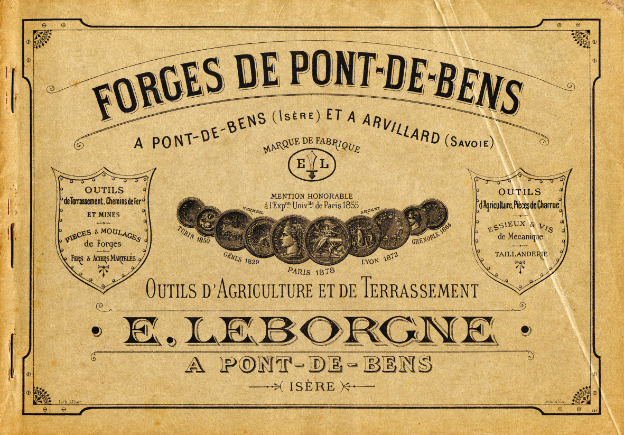
Today 2 sites.. . more Savoyard than ever !
Today 2 sites.. . more Savoyard than ever !
Expanding rapidly, Leborgne opened a second production site in 2000 in La Rochette, 3 kilometres from the historic site in Arvillard where the forge is situated.
In La Rochette Leborgne has set up a workshop for fitting handles and fixing labels on tools as well as a distribution centre for shipping throughout the country and abroad. This site also houses the sales division of the company. Here the main issues are merchandising, consumer information and promotional dynamism…
